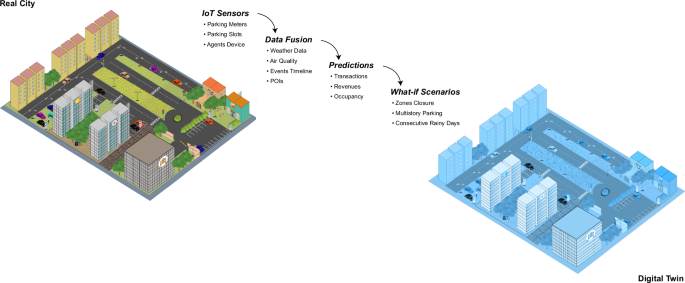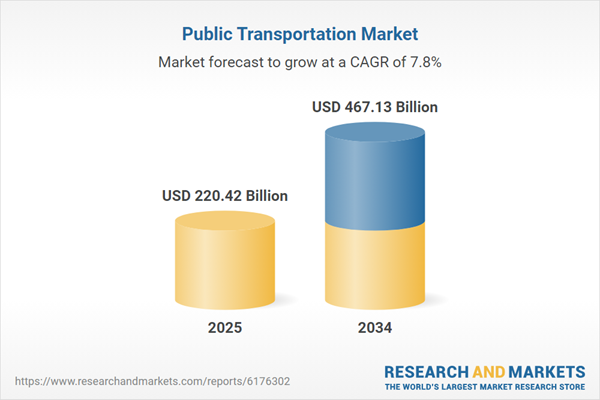Report on Investment Strategies for Sustainable Economic Development
Introduction: Financial Prudence and the Sustainable Development Goals
An analysis of contemporary investment advice reveals a strong correlation between prudent financial strategies and the advancement of several United Nations Sustainable Development Goals (SDGs). This report examines warnings against speculative, short-term trading and advocates for long-term investment as a mechanism for fostering individual financial security and broader economic stability, directly supporting key SDG targets.
The Detrimental Impact of Speculative Trading on Sustainable Growth
Speculative activities, such as trading in “meme stocks,” present significant risks to both individual investors and the stability of financial markets. These practices are fundamentally misaligned with the principles of sustainable economic progress.
- Undermining SDG 8 (Decent Work and Economic Growth): Volatility driven by speculative frenzies, as seen with GameStop, does not represent genuine economic growth. It creates unstable market conditions that can disrupt capital allocation to productive, job-creating enterprises. This “musical chairs” approach to finance detracts from sustainable, long-term economic development.
- Exacerbating SDG 10 (Reduced Inequalities): The “greater fool” theory inherent in meme stock trading often results in significant financial losses for less-informed retail investors, transferring wealth to a small number of participants. This dynamic widens wealth gaps and undermines efforts to reduce inequality.
- Threatening SDG 16 (Peace, Justice and Strong Institutions): Extreme market volatility can erode trust in financial institutions. Promoting responsible investment practices is crucial for maintaining the integrity and stability of the economic systems that form the bedrock of strong institutions.
A Framework for Long-Term, SDG-Aligned Investing
A strategic shift from short-term trading to long-term ownership is essential for building personal wealth and contributing to a more sustainable and equitable economy. This approach prioritizes consistent growth over decades, aligning personal financial health with global development objectives.
- Promoting SDG 1 (No Poverty): By building durable, long-term wealth through sound investments, individuals can achieve greater financial security and reduce reliance on social safety nets, contributing to the eradication of poverty in all its forms.
- Supporting SDG 9 (Industry, Innovation, and Infrastructure): Directing capital towards fundamentally strong companies with innovative products and durable competitive advantages fuels sustainable industrialization. This investment model supports businesses that are building the resilient infrastructure and fostering the innovation necessary for future growth.
- Advancing SDG 12 (Responsible Consumption and Production): Investing in “best-of-breed” companies encourages corporations to adopt more sustainable practices. Capital flows towards firms with strong governance and long-term vision, implicitly promoting responsible production patterns and corporate citizenship.
Conclusion and Recommendations
The principles of sound, long-term investing are deeply intertwined with the Sustainable Development Goals. By rejecting speculative, high-risk trading in favor of investing in fundamentally sound, innovative, and durable companies, individuals not only secure their own financial future but also contribute to a more stable, equitable, and sustainable global economy. It is recommended that financial literacy programs emphasize these connections, encouraging investment strategies that support both personal well-being and the collective targets outlined in the SDGs.
Analysis of the Article in Relation to Sustainable Development Goals
1. Which SDGs are addressed or connected to the issues highlighted in the article?
-
SDG 1: No Poverty
The article directly addresses the theme of long-term financial stability and wealth building. By warning against risky strategies like investing in “meme stocks” and over-reliance on Social Security, it provides advice aimed at preventing financial disaster and securing one’s future. This aligns with the goal of ending poverty, as financial insecurity and significant monetary loss can be direct pathways to poverty, especially in retirement.
-
SDG 8: Decent Work and Economic Growth
This goal promotes sustained and sustainable economic growth. The article’s core message advocates for responsible, long-term investing in “fundamentally strong companies” that have “bright long-term prospects, underpinned by growing earnings, innovative products or services.” This type of investing supports stable and sustainable corporate growth, which in turn contributes to broader economic stability and growth, as opposed to the volatile and potentially destabilizing nature of speculative trading bubbles.
2. What specific targets under those SDGs can be identified based on the article’s content?
-
SDG 1: No Poverty
- Target 1.2: By 2030, reduce at least by half the proportion of men, women and children of all ages living in poverty in all its dimensions according to national definitions. The article’s advice to avoid strategies that are an “easy road to disaster” is a preventative measure against individuals falling into financial hardship and poverty due to investment losses.
- Target 1.4: By 2030, ensure that all men and women, in particular the poor and the vulnerable, have equal rights to economic resources, as well as access to… financial services… The article is a form of financial education, guiding individuals on how to responsibly use financial services (stock market investing) to build wealth and gain control over their economic resources.
-
SDG 8: Decent Work and Economic Growth
- Target 8.10: Strengthen the capacity of domestic financial institutions to encourage and expand access to banking, insurance and financial services for all. While the article doesn’t discuss expanding access, it focuses on the responsible use of existing financial services. It promotes investment behaviors that contribute to market stability and long-term growth, which strengthens the overall financial system, rather than the “musical chairs game” of speculative trading that can undermine it.
3. Are there any indicators mentioned or implied in the article that can be used to measure progress towards the identified targets?
The article does not mention official SDG indicators. However, it implies several metrics that could be used to measure progress toward the identified targets:
-
For SDG 1 (No Poverty) Targets:
- Household Savings and Retirement Security: The warning against relying solely on Social Security implies the importance of personal savings. An indicator could be the proportion of the population with retirement savings accounts or the average value of those accounts.
- Reduction of Financial Loss from Speculation: The article highlights how investors “got burned” by meme stocks. A relevant indicator would be the amount of money lost by retail investors in high-volatility, speculative assets.
-
For SDG 8 (Decent Work and Economic Growth) Target:
- Investment Behavior: The distinction between “trading” and “investing” is central. An implied indicator could be the average holding period for stocks among retail investors, with a longer period indicating a shift towards the long-term investing Cramer advocates for.
- Financial Literacy: The entire article serves as a lesson in investment strategy. Therefore, an indicator could be the level of financial literacy in the population, specifically regarding the difference between fundamental analysis and speculative behavior.
SDGs, Targets, and Indicators Table
| SDGs | Targets | Indicators (Implied from the article) |
|---|---|---|
| SDG 1: No Poverty | 1.2: Reduce the proportion of people living in poverty. | Proportion of population with adequate retirement savings to prevent poverty in old age. |
| SDG 1: No Poverty | 1.4: Ensure equal rights to economic resources and access to financial services. | Reduction in the number of individuals suffering major financial losses from high-risk, speculative trading. |
| SDG 8: Decent Work and Economic Growth | 8.10: Strengthen the capacity of domestic financial institutions and expand access to financial services. | Increase in the average holding period of investments by retail investors, indicating a shift from short-term trading to long-term investing. |
Source: cnbc.com






